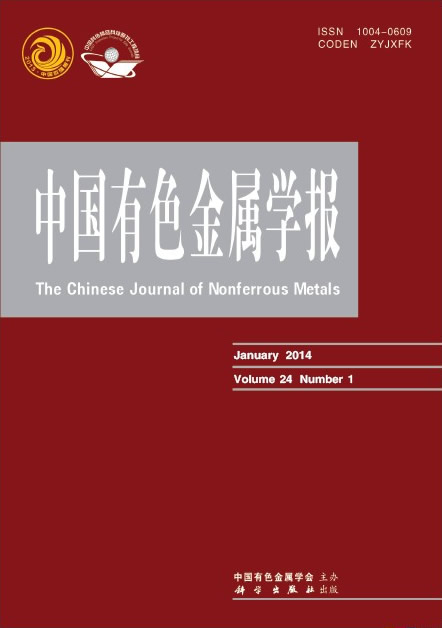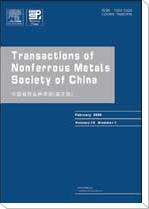中国有色金属学报(英文版)
Transactions of Nonferrous Metals Society of China
| Vol. 35 No. 9 September 2025 |
(1. School of Materials Science and Engineering, Northeastern University, Shenyang 110819, China;
2. School of Resources and Materials, Northeastern University at Qinhuangdao, Qinhuangdao 066004, China;
3. School of Materials Science and Engineering, Yanshan University, Qinhuangdao 066004, China)
Abstract:The effect of high pressure on the microstructure and microsegregation of Mg-11Al (mass fraction, %) alloys was studied through experiments and first-principles calculations. The results show that the Al content in the initial solid phase is high owing to the high solute partition coefficient and the large undercooling in the alloys solidified under pressures of 4-6 GPa, and the Al content in the initial solid phase increases with the increase of pressure. Consequently, the total amount of excess solute in the liquid phase in the final solidification stage decreases with increasing pressure, thus decreasing or suppressing the eutectic transformation. Furthermore, the microstructure of the alloys solidified under pressures of 5-6 GPa is a fine-grained solid solution, consisting of grains with high solubility of Al atoms and grain boundaries with abundant Al solutes. As the pressure increases, the grain boundary doping energy of Al atoms decreases, while their grain boundary segregation energy of Al atoms increases, and the charge density between the Mg—Al (Mg) bonds also rises. Therefore, the stability of the microstructure is improved, and the bond strength of grain boundaries is enhanced.
Key words: high-pressure solidification; grain boundary segregation; partition coefficient; Mg-Al alloy; solid solution


